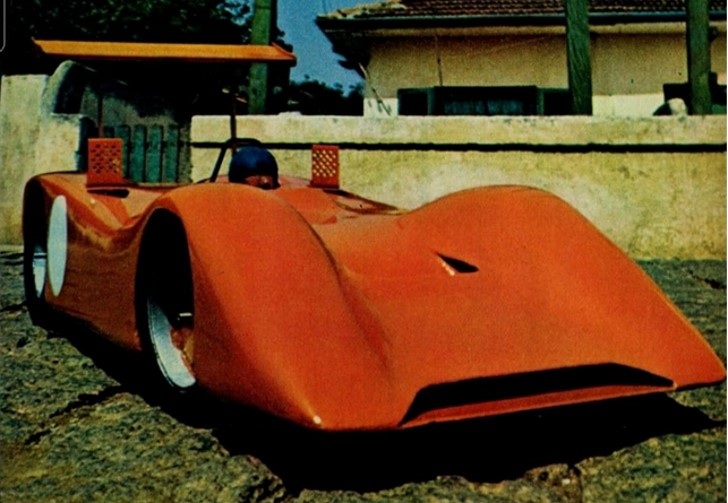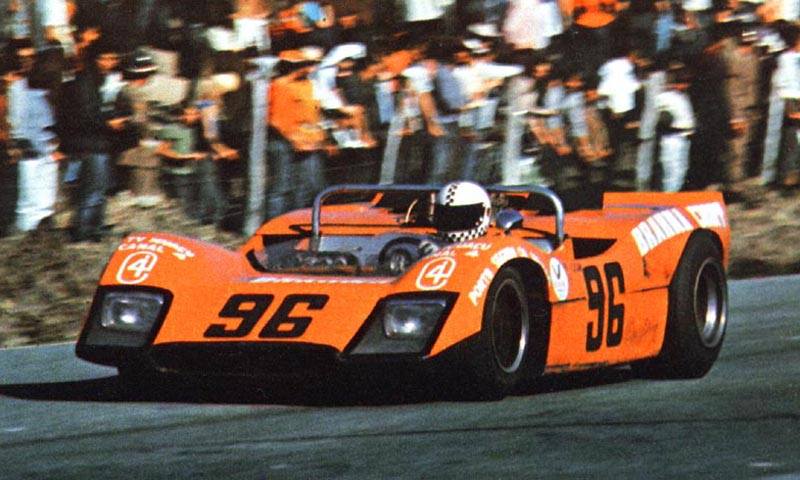The period between the late 1960s and early 1970s saw an explosion of new manufacturers and prototypes emerging at virtually every stage of Brazilian motorsports. While some names like Heve, Polar, Manta and Avallone have become immortalized, other projects never fulfilled their potential and fell into obscurity. Today we will take a look at the ENE-272, one of those almost forgotten but extremely interesting projects.
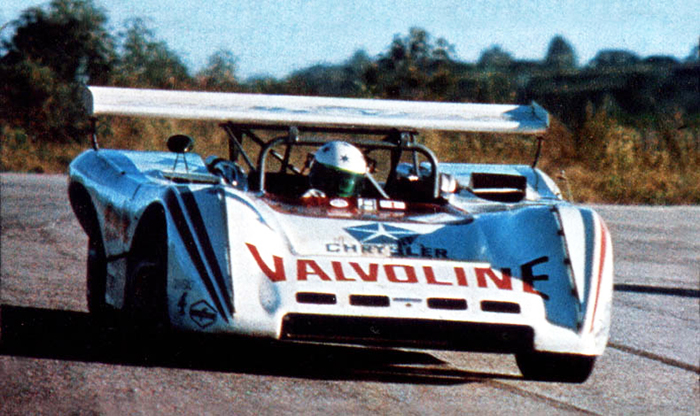
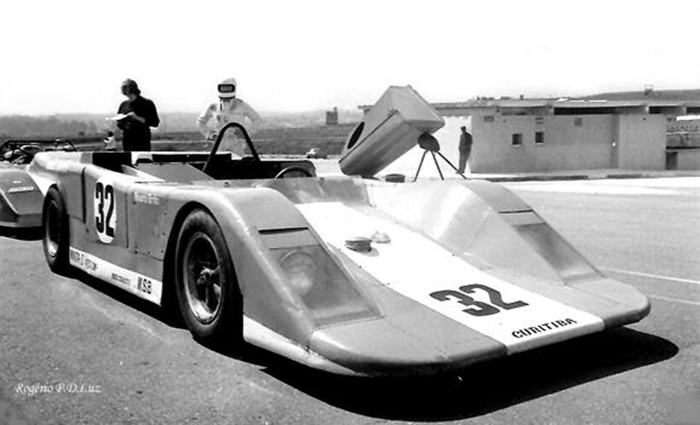
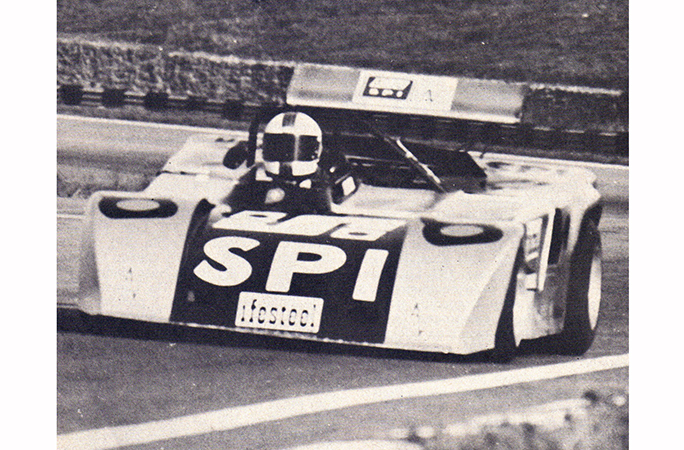
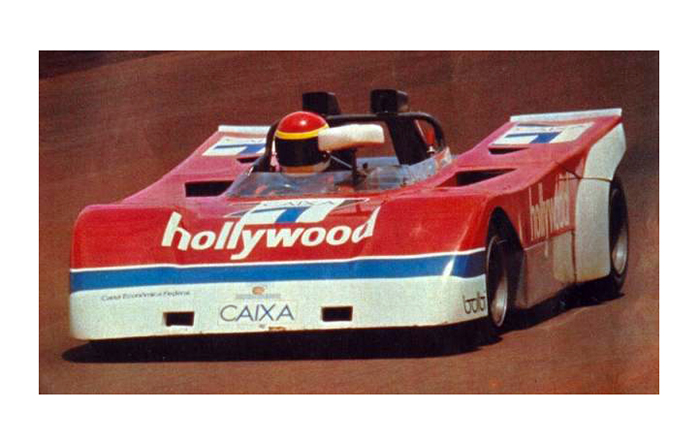
The ENE project was completed in early 1972 as an undergraduate thesis for the Engineering course, and the idea of actually building the ENE-272 arose in July 1972, with a group of seven engineering students from UFRJ, namely: Alexandre Tavares, Carl Robert Ostrower, Sérgio Antônio Fontes, João de Lemos, José Luiz Coelho, Mário Domingues and Raul Dambacher. They decided to design and build a racing car to be presented at the Auto Show, taking turns on weekends and at night to fulfill the bold plan.
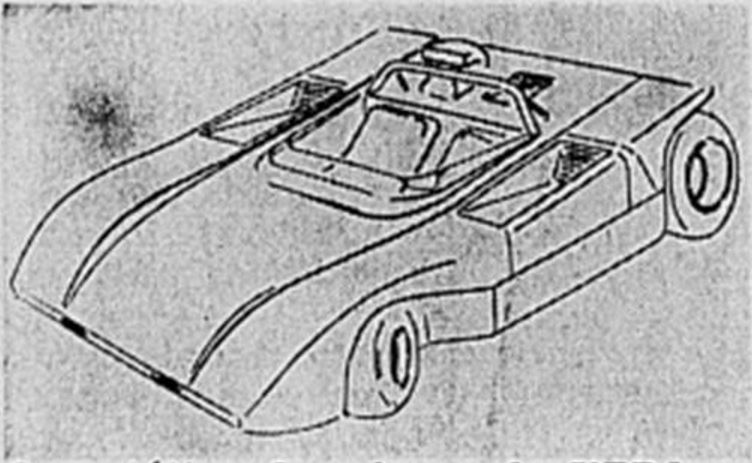
The chassis was designed with a tubular structure, combining square and rectangular tubes, weighing only 35 kg and equipped with independent suspension and disc brakes on all four wheels, with the possibility of receiving various Brazilian made engines with up to 2 liters of displacement. In the case of the unit built, the 1.5-Liter engine and transmission assembly of the Ford Corcel 1.5 was adopted, adding a dual carburetor, dry sump, oil cooler and capacitive ignition, resulting in 100 HP of power, with 8-inch magnesium wheels at the front and 10-inch at the rear.
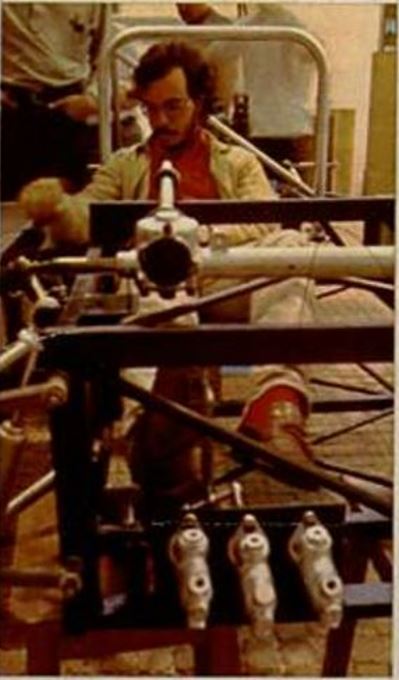
The name ENE-272, by the way, comes from the acronym for Escola Nacional de Engenharia (National School of Engineering), while 272 represents the maximum volumetric displacement of the engines that could be installed in the car (2 liters) and the year the project was carried out (1972).
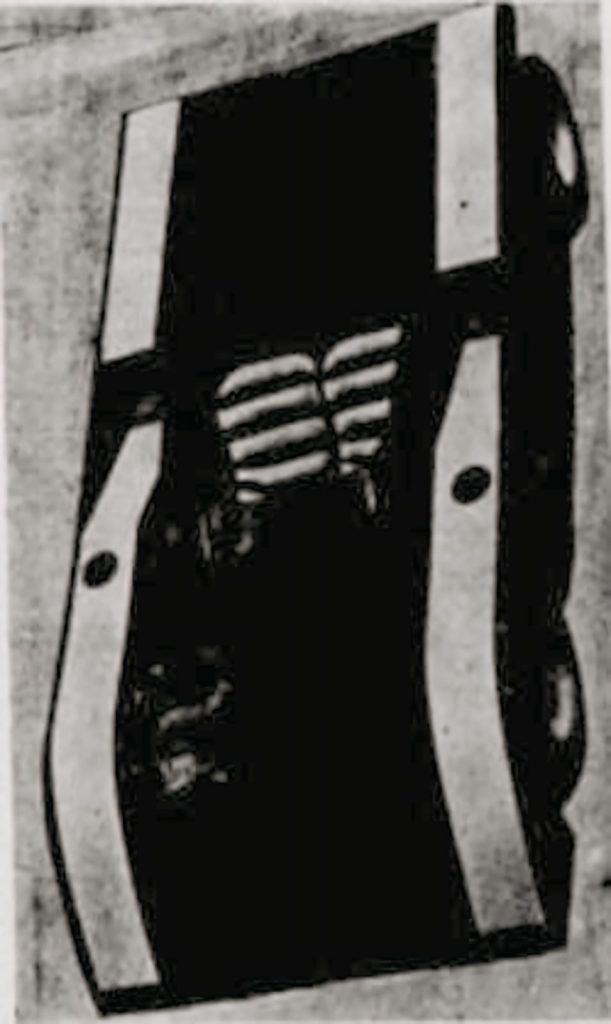
A fiberglass bodywork was assembled on the chassis, which according to publications at the time was tested in a wind tunnel, with some models of different shapes built for the tests.

The final dimensions of the car were 900 mm in total height, 2,200 mm in wheelbase and 3,210 mm in length, with a track of 1,312 mm on both axles and 85 mm in height in relation to the ground. With this, the frontal area was 1.2 m².
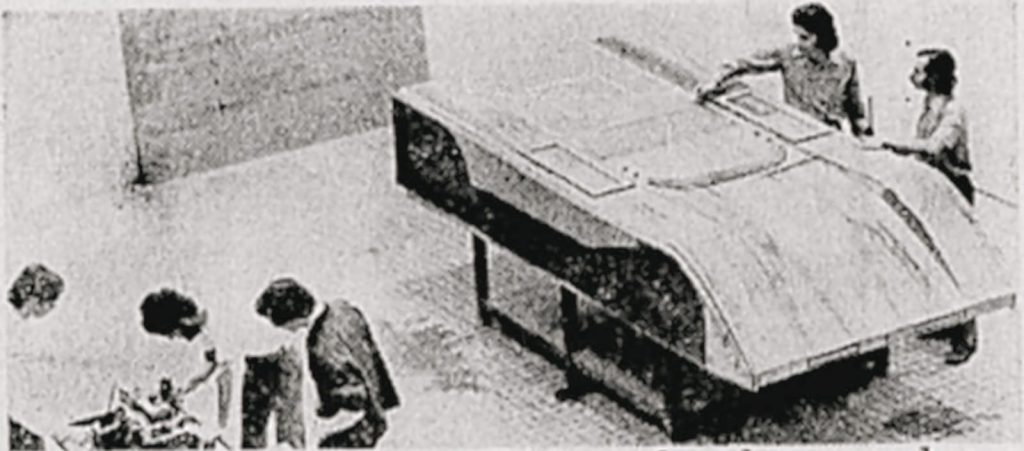
Combined with its low weight of 480 kg, the aerodynamic design of the fairing allowed the ENE-272 to reach 200 km/h, according to the designers’ estimates. News reports at the time stated that the prototype would soon begin its testing phase, but we found no record of the model actually being tested on the track. The only record of the model’s public appearance was at the 1972 Auto Show.
Sources:
ENE-272: O Carro de Corrida Feito por Estudantes. Available at: https://velozesbrasil.com.br/2024/08/23/ene-272-o-carro-de-corrida-feito-por-estudantes/.
Os cariocas da UFRJ também apresentam esse ano o seu protótipo de corridas. Manchete magazine, January 1972, Special Edition, page 80. Available at: https://memoria.bn.gov.br/DocReader/docreader.aspx?bib=004120&pasta=ano%20197&pesq=&pagfis=129716.
Estudantes da UFRJ projetam e constroem protótipo de corrida. Jornal do Brasil, Year LXXXII, Edition 146 from September 13 1972, page 70. Available at: https://memoria.bn.gov.br/DocReader/docreader.aspx?bib=030015_09&pasta=ano%20197&pesq=&pagfis=244947
Estudantes de Engenharia projetaram o ENE-272. O Jornal Ano LIII, Number 15.690 from November 26 1972, page 77. Available at: https://memoria.bn.gov.br/DocReader/docreader.aspx?bib=110523_06&pasta=ano%20197&pesq=&pagfis=107985.
ENE-272 Feito por estudantes. O Cruzeiro magazine, Number 49 from December 6 1972, page 83. Available at: https://memoria.bn.gov.br/DocReader/DocReader.aspx?bib=003581&pagfis=220955.
Salão. Revista Quatro Rodas, Ano XIII, Número 149, Dezembro de 1972, páginas 68 a 69.

